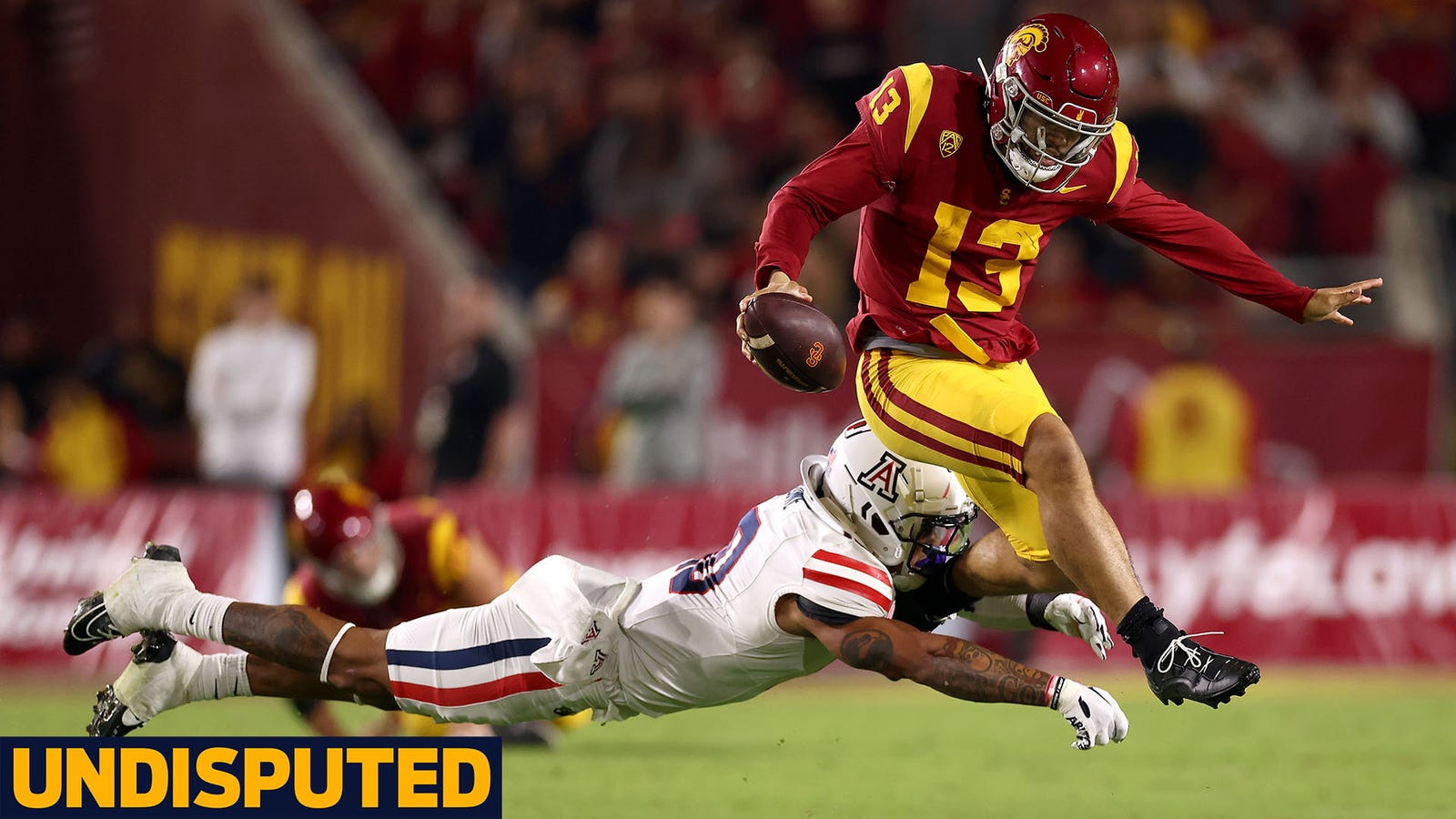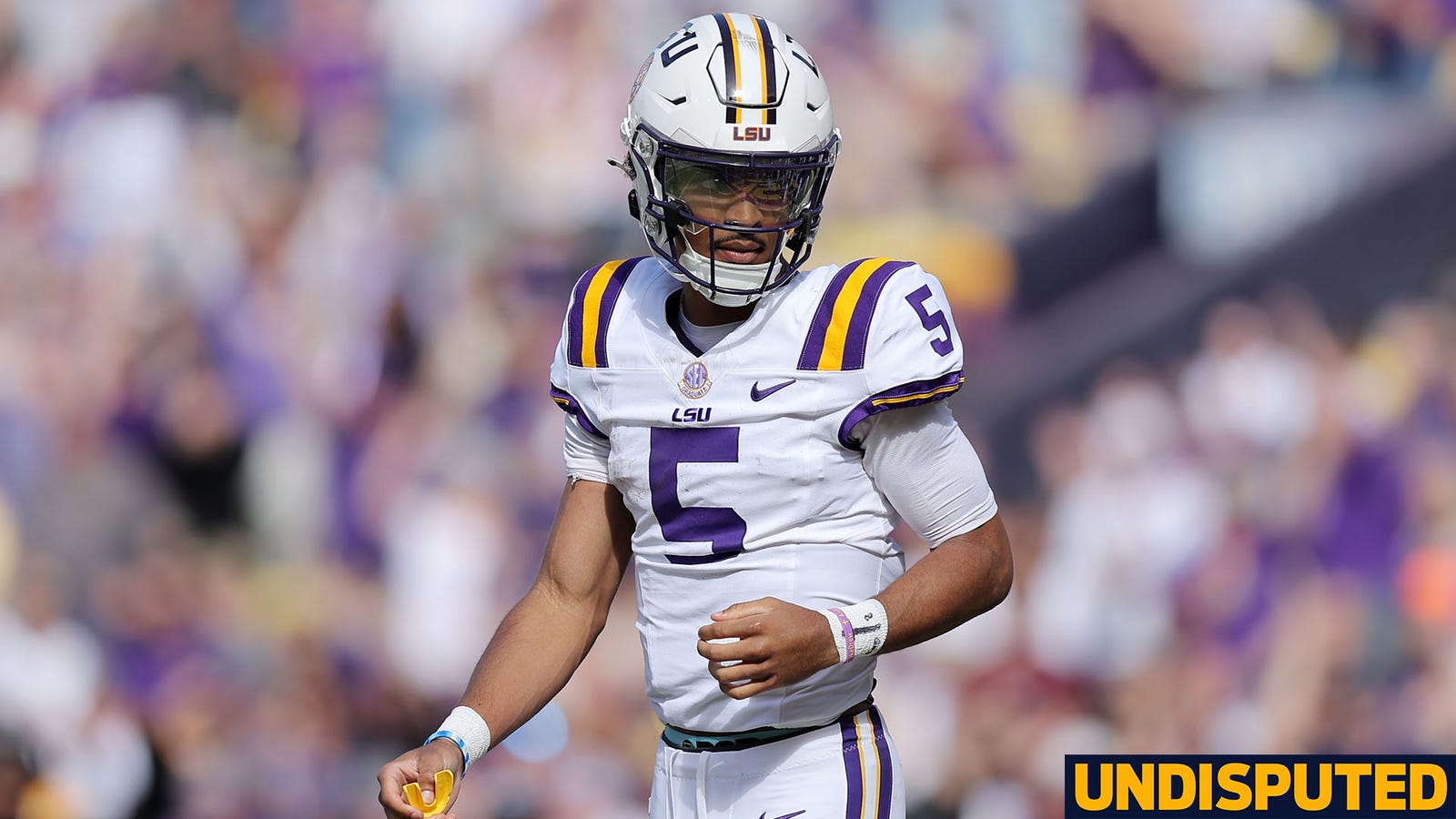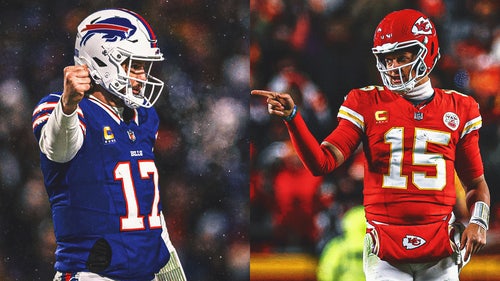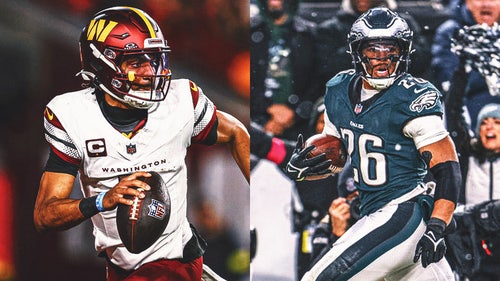
What can NFL Draft history of top-10 QB selections tell us about the 2024 class?
The NFL's transformation into a passing league in the early 2000s has made it imperative for teams to expend top picks on passers with franchise potential. Though the top-10 selections in the NFL Draft are supposed to be reserved for the "elite" prospects in the class, the pressure to find a franchise quarterback in a quarterback-driven league has prompted some team builders to roll the dice on any QB1 prospect with a handful of "blue-chip" traits.
In the early 2000s, those risky decisions could result in expensive headaches if the team missed when drafting a top-10 quarterback. Without a rookie salary cap in the previous Collective Bargaining Agreement, teams would have to pay unproven rookies top-of-the-market money based solely on their draft selection.
Given the importance of the position, quarterbacks selected at the top of the draft would command blockbuster salaries before taking a snap in the league. While Peyton Manning, Donovan McNabb, Eli Manning, and Philip Rivers were well worth the investment as top-10 selections, the failures of JaMarcus Russell, Ryan Leaf, and Akili Smith prompted owners to revisit the CBA to create a system that better protected the owners from expensive mistakes.
In 2011, creating a new CBA with a rookie pool significantly lowered the expense for a rookie quarterback, making it easier for teams to gamble on an unproven signal-caller. Though an early-round miss on an overrated quarterback prospect prevents the team from adding a foundational piece with a top pick, the slotted salary prevented teams from destroying their salary cap budgets.
As a result, more teams have been willing to utilize top-10 picks on quarterbacks. Since 2011, 28 quarterbacks have been selected within the first ten selections, compared to just 20 quarterbacks coming off the board in the top 10 from 1998 to 2010. Though the hit rate hovers around 40 percent for each group, there are some interesting trends evaluators can take from the data.
Teams valuing experience from top quarterback prospects were likelier to nail the pick, particularly during the pre-rookie pool era (1998-2010). The "hits" averaged 38.5 career collegiate starts compared to just 27.1 starts for the misses. While there has not been a major disparity between the "hits" (29.1 average starts) and "misses" (29.0) since 2011, the experience factor stands out when looking for the common denominator for the "stars" of each group.
For instance, Peyton Manning (45 collegiate starts), Donovan McNabb (49), Carson Palmer (44), and Philip Rivers (51) entered the league with significantly more playing experience than the "duds" in their peer group before enjoying lengthy careers as Pro Bowl performers with winning resumes. Although Manning and McNabb suffered through tough initial campaigns, their pre-NFL experiences helped them navigate the tough times before settling in as QB1s.
Palmer and Rivers redshirted behind established starters for at least a full season before taking the reins as full-time starters. The time on the sidelines enabled them to master the playbook and acclimate to the NFL on the practice field before being thrust into games. While executing an "old school" developmental plan required tremendous patience and discipline from the coaches, it is not a coincidence that each earned Pro Bowl honors by the end of their third season.
With the recipe seemingly established for "drafting and developing" franchise quarterbacks from yesteryear, you would think more teams would follow the plan in the new era. However, that has not been the case since 2011.
Teams have thrown caution to the wind while selecting more inexperienced players and rushing them onto the field. During the new era, six quarterbacks were selected within the top 10 with fewer than 20 collegiate starts, and 18 quarterbacks were drafted with fewer than 30 collegiate starts on their resumes.
Although the "hit" rates from each era are identical at 40% (eight out of 20 from 1998-2010; ten out of 25 from 2011-2022), the odds of selecting a "star" are significantly lower when drafting an inexperienced player. Cam Newton (14) and Kyler Murray (17) are the only standouts who entered the league with fewer than 20 collegiate starts, with Patrick Mahomes (29), Joe Burrow (28), and Josh Allen (26) representing the star power from the group with fewer than 30 collegiate starts.
While Andrew Luck is the only star of the 30-plus start club, the group has produced a solid collection of capable starters with Robert Griffin III (40), Marcus Mariota (41), Jared Goff (37), Baker Mayfield (46), Daniel Jones (36), Justin Herbert (42) and Trevor Lawrence (36) leading their original teams into the postseason as QB1s. We can debate whether each of the players above are classified as "trucks" (quarterback carries the team) or "trailers" (team carries the quarterback), but each displayed the management skills to guide good teams into the winner's circle.
Considering the challenge of earning a playoff berth in today's game, college experience apparently translates to team success when a veteran college quarterback is added to the lineup.
That said, the changing dynamic of the college landscape has prompted some quarterbacks to enter the draft after varying sample sizes of success. Whether dominating the game as a two- or three-year starter or taking a Power 5 conference by storm as a one-year wonder, quarterback prospects are willing to bet on themselves as elite prospects with blue-chip traits.
Fast-forward to the 2024 class, four prospects are vying for top-10 consideration: Caleb Williams (USC), Jayden Daniels (LSU), Drake Maye (UNC), and JJ McCarthy (Michigan). While each is regarded as a blue-chip talent based on their arm talent, athleticism, IQ, and intangibles, the experience varies for each prospect.
Daniels leads the group with 55 combined starts at Arizona State and LSU. Williams checks in with 33 starts, with Maye and McCarthy entering the league with 26 and 28 starts, respectively.
While Daniels and Williams' experience should enable them to flourish early in their careers after a red-shirt season or a series of struggles, Maye and McCarthy's inexperience makes them "boom-or-bust" candidates with intriguing potential.
With patience and prudence, a handful of quarterback-needy teams could find their QB1 of the future, but they must stick to the plan and trust the developmental process for their quarterback prospects to transform into premier players at the position.
Bucky Brooks is an NFL analyst for FOX Sports. He also breaks down the game for NFL Network and as a cohost of the "Moving the Sticks" podcast. Follow him on Twitter @BuckyBrooks.











